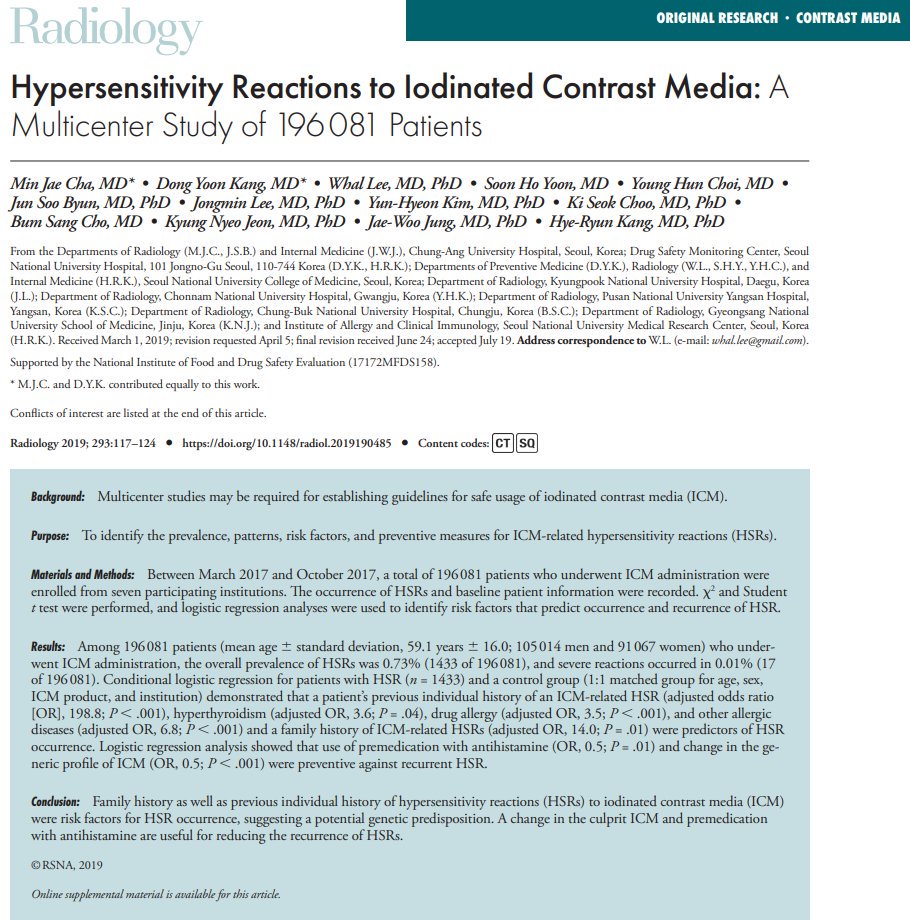Here is one approach to fever in a returning traveler
clinicalproblemsolving.com/%20dx-schema-f…
Pause and think about how you'd think through that.
Here is one approach -
clinicalproblemsolving.com/dx-schema-hemo…
Keep Current with The Clinical Problem Solvers
This Thread may be Removed Anytime!
Twitter may remove this content at anytime, convert it as a PDF, save and print for later use!

1) Follow Thread Reader App on Twitter so you can easily mention us!
2) Go to a Twitter thread (series of Tweets by the same owner) and mention us with a keyword "unroll"
@threadreaderapp unroll
You can practice here first or read more on our help page!

